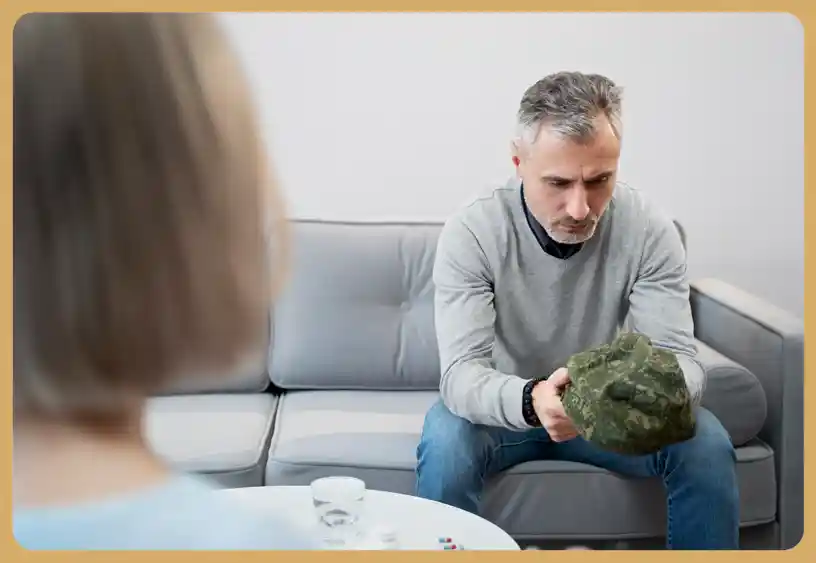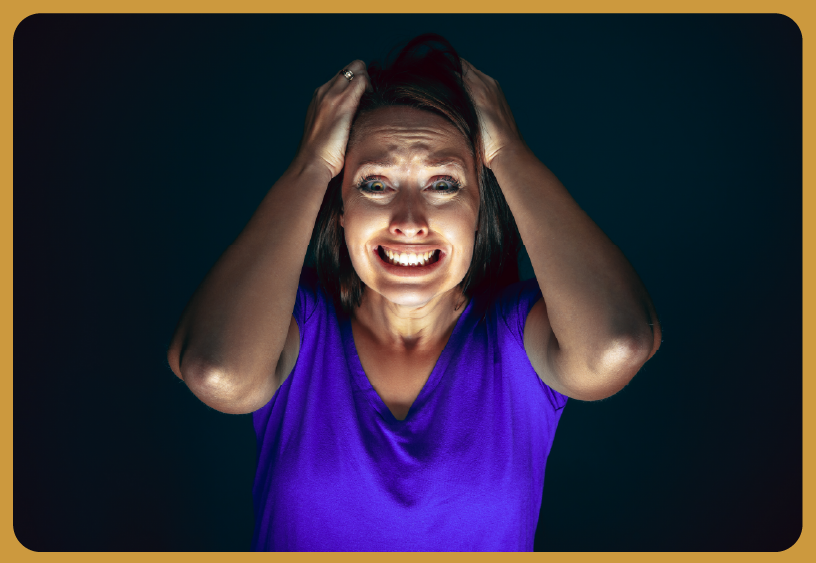
We are all familiar with the classic fight or flight mode etched into our DNA through years of evolution. But sometimes, this basic instinct to fight or flee takes a step further and gets out of hand, leading to panic attacks. They sure seem scary, but no matter how high the mountain seems, it is always conquerable. So let us see how to tackle and triumph over panic attacks!
What Exactly Are Panic Attacks?
Panic attacks are abrupt, intense episodes of high anxiety characterized by overpowering terror or pain. The harshest part of these catastrophes normally happens in minutes, followed by physical and mental symptoms. The Diagnostic and the Statistical Manual of the Mental Disorders (DSM-5), which is a commonly used way to group mental health problems, says that panic attacks are the telltale sign of panic disorder.
When someone has a panic attack, their sympathetic nervous system gets activated, which sets of the "fight or fight" reaction. This reaction causes stress hormones like adrenaline to be released, which raises blood pressure, speeds up the heart rate, and makes you more aware. People who are having a panic attack often say they feel short of breath, have chest pain, get dizzy, and shake. Panic attacks make people fear losing control or going mad. People may also feel derealized or depersonalized during an episode, which means that their surroundings or body may not feel real or connected to them. These mental markers exacerbate panic attack anxiety.
What Causes Panic Attacks?
The cause of panic attacks is complicated and diverse. It includes genetic, neurobiological, and external factors. Panic episodes may result from malfunctioning neurotransmitters, particularly serotonin and GABA. GABA helps regulate stress and anxiety. Panic episodes have been connected to GABAergic neurotransmission alterations, including receptor sensitivity and function. Panic disorder sufferers have serotonin receptor issues, which are connected to mood disorders.
Panic episodes include the amygdala and prefrontal cortex, according to brain imaging research. Panic episodes make individuals feel strongly because the amygdala, which controls emotions, is activated. Prefrontal brain issues may also cause panic attack symptoms, including a distorted reality and fear of losing control. Your prefrontal cortex controls your ideas and feelings. Environmental factors, like life events, and long-term stress, might worsen panic attacks. Learning harmful ways to react to anxiety, such as worrying too much and experiencing panic attacks repeatedly, might keep the loop running.
How Do You Know If You Are Having A Panic Attack?
To identify a panic attack, you must distinguish between its physical and mental symptoms. Quickly worsening anxiety episodes are typical. These are common panic attack symptoms:
- People who are having a panic attack feel a quick, strong fear or anxiety. A lot of the time, the mental pain is out of proportion to the scenario.
- Fast heartbeat
- Chest discomfort
- Shortness of breath or rapid breathing
- Shaking or trembling
- Getting hot
- Not feeling well or stomach distress
- Dizzy or lightheaded
- Heat or cold waves
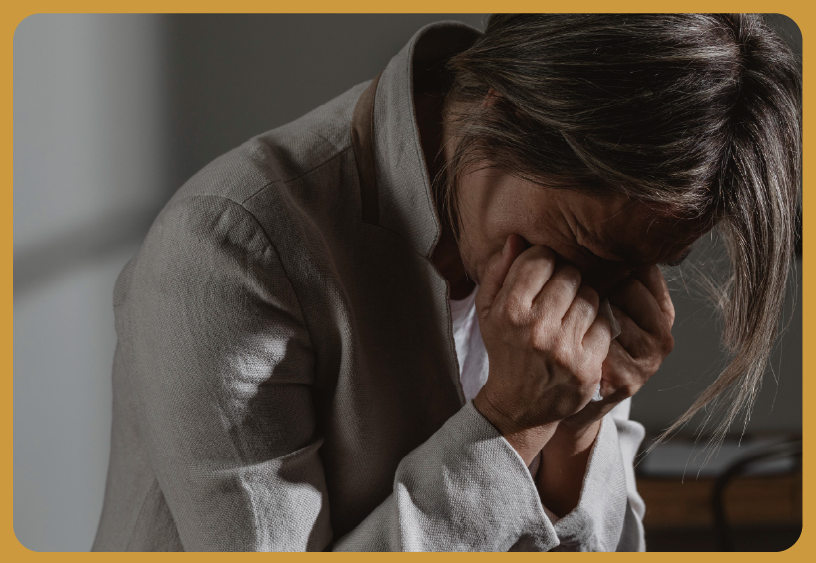
Self-Help Techniques to Tackle Panic Attacks
Although panic attacks seem scary and out of control, the practice of certain techniques over and over gives people some level of mastery around them. Here are some techniques that have proven to be useful to get a hold of your panic attacks:
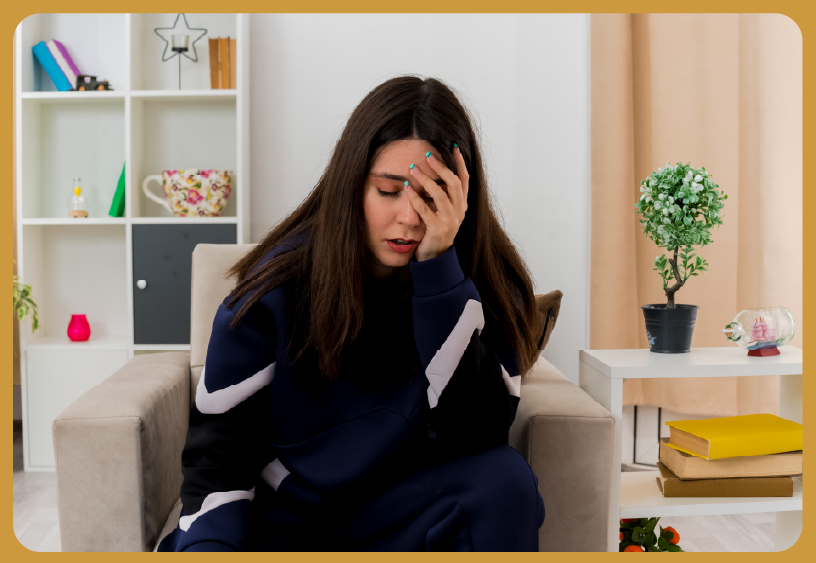
1. The 5-4-3-2-1 method
For centering yourself, use your senses to bring your thoughts back to the present. It works by focusing on your senses rather than your worried thoughts. The process is pretty simple. Name and explain five things you can see, four you can touch, then the three you can hear, two you can smell, and finally the one you can taste. Bring attention back to the present to increase focus and sensory awareness, which can interrupt the fear loop.
2. Give muscle relaxation methods a try
Progressive Muscle Relaxation (PMR) includes deliberate muscle tensing and release. It relieves muscular tension, which might worsen during a panic attack. PMR trains people to distinguish tension from relaxation by intentionally contracting and relaxing muscles. More awareness gives you more control over your body's activities, which may minimize concern.
3. Focus on your breathing
Controlled breathing techniques, like diaphragmatic breathing, work the parasympathetic nervous system. This makes you feel calmer and lessens the activity of the sympathetic nervous system that happens during fear. Deep, slow breathing lowers heart rate, raises oxygen levels, and lowers hyperventilation. All of these things can make the physical signs of panic attacks worse. Focusing on the breath also takes your mind off of stressful thoughts, which makes you feel calmer.
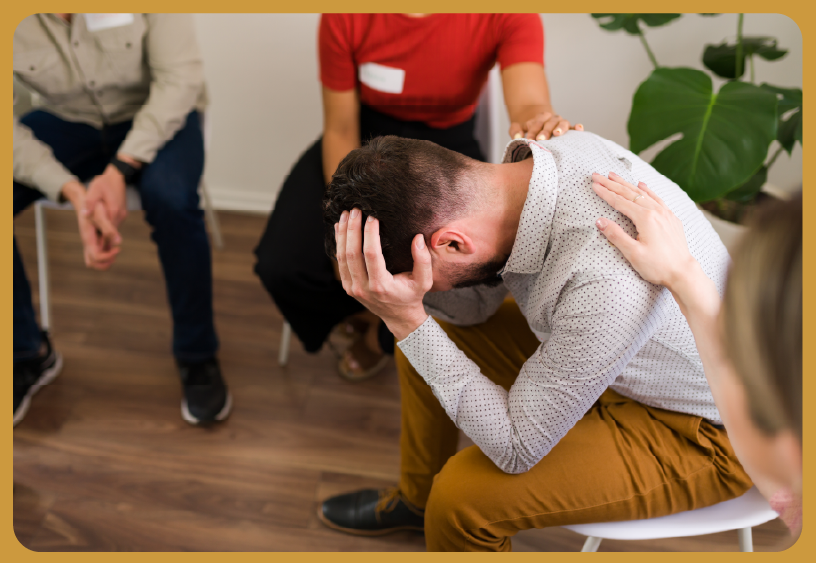
4. Go to a happy place in your mind
Guided imagery or visualization harnesses the brain's capacity to create mental images that influence mood. This strategy might assist you in switching from negative to good or calming ideas. How it works is that you imagine a peaceful or joyous area to activate brain networks connected to good feelings and take a break from the stressors triggering the panic attack. This may reduce your anxiety and improve your mood.
5. Try doing some light exercises
Exercise is proven to improve mental wellness. Endorphins, which improve mood, are released. Light exercises can reduce anxiety energy. It works by releasing endorphins, which boost pleasure and well-being, through mild exercise like walking or stretching. Activity helps you forget anxious thoughts and feel in control of your body.
6. Place your attention on a single object
Focusing on one object or point has the power to disrupt the loop of worried thoughts and create a presence in the moment, say scientists. Focusing on a single object or spot might help people forget negative thoughts. Mindfulness implies being present without judgment. This workout aids that. It can relax you by stopping panic attack-causing unconscious mental processes.
Every Fear Is Conquerable

Even when, at the moment, a panic attack seems the end of the world, it really isn't. With the right guidance and techniques, you can overcome it just like any other fear. And when it comes to finding the right guidance, Zivanzia can help. We have an extensive range of professional psychologists who have years of experiments helping people get better at their mental health. We give you a safe space to open up, so give us a call if you feel like doing so.
- Share
